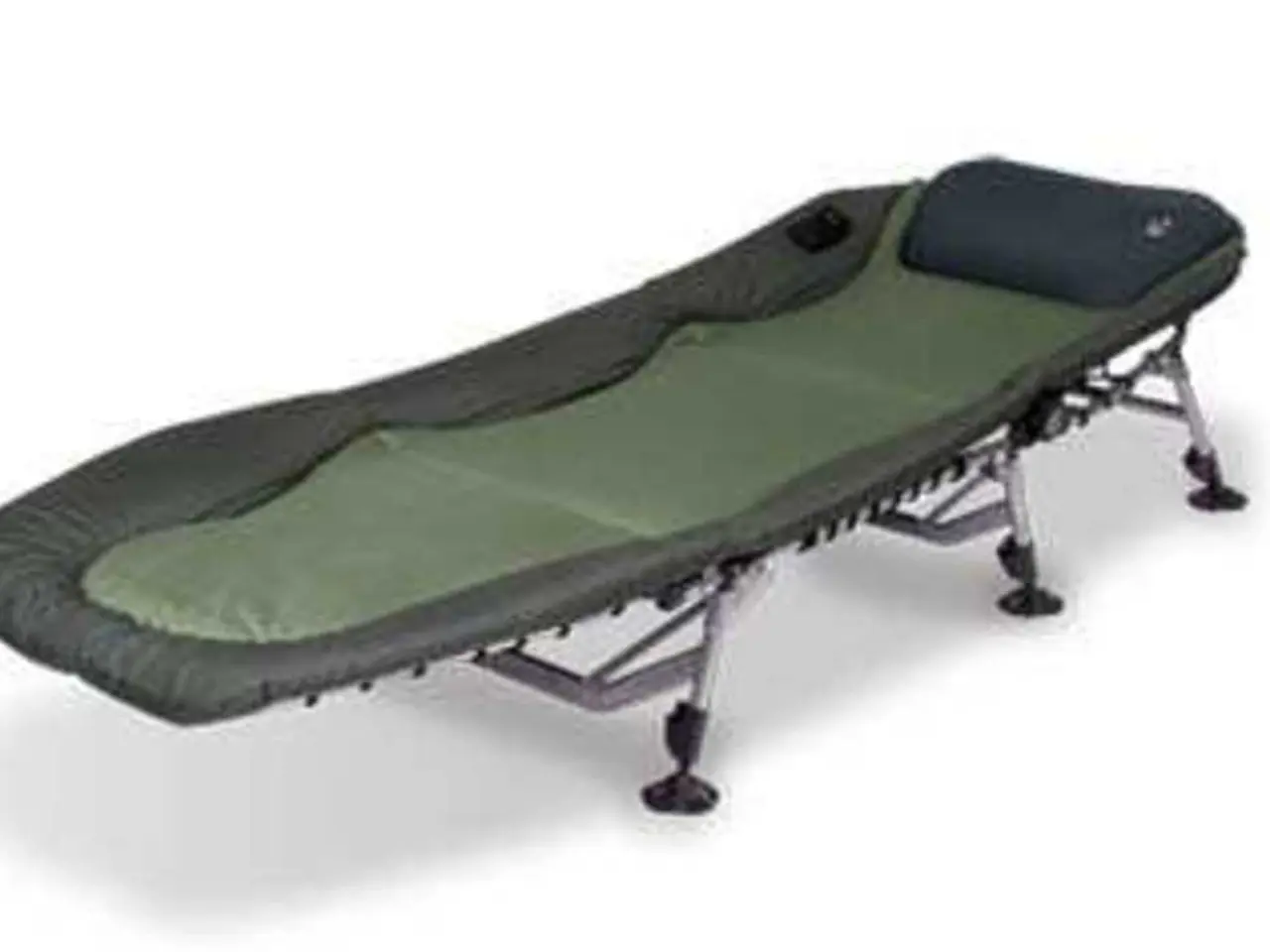Sciatica-related knee discomfort explored: Understanding causes, relief methods, and additional insights
In this article, we will explore various home remedies for sciatic knee pain and discuss when it's necessary to seek professional help.
Sciatica, a condition characterised by pain, numbness, or weakness that radiates from the lower back down the leg, can also affect the knee. If you experience any of the following symptoms, it is crucial to call 911 immediately: sciatica on both sides of the body, numbness around or under the genitals or around the anus, severe numbness or weakness in both legs, worsening numbness or weakness in both legs, difficulty starting urination, inability to urinate, or urinary incontinence (if this is not typical for you), not noticing when you need to have a bowel movement or cannot control when you have a bowel movement (if this is not typical for you).
For those experiencing sciatic knee pain, home remedies can offer relief. Here are some recommended techniques:
- Heat and Ice Therapy: Initially, apply ice packs to the lower back or affected area for 15–20 minutes several times a day to reduce inflammation and numb pain. After a few days, switch to heat therapy (warm heating pad or warm bath) to relax muscles and enhance blood flow, preparing tissues for stretching.
- Stretching Exercises: Gentle stretches targeting the lower back, hips, and gluteal muscles help release pressure on the sciatic nerve. The seated piriformis stretch, for example, can be done sitting in a chair by crossing one leg over the other and leaning forward to feel a stretch in the hip and buttock area.
- Epsom Salt Soaks: Soaking in a warm bath with Epsom salt can relieve pain due to its magnesium content, which reduces inflammation and improves blood circulation around the knee and leg.
- Natural Anti-inflammatory Remedies: Topical application or massage of oils such as coconut oil or mustard oil combined with substances like lemon or turmeric may help reduce knee pain by lowering inflammation and improving circulation.
- Sleep Positioning: Sleeping on the back with a pillow under the knees maintains spinal alignment and reduces nerve pressure, aiding nighttime relief from sciatic discomfort.
- Over-the-Counter Pain Relief: Short-term use of NSAIDs (ibuprofen, naproxen) can temporarily manage pain and inflammation but should be used cautiously and not as a primary long-term solution.
- Gentle Movement: Avoid prolonged immobility; gentle movements and low-impact activities can prevent stiffness and promote nerve health.
These remedies provide symptom relief and complement professional care such as physical therapy, which targets the root causes of sciatica. Always consult a healthcare professional before starting new treatments, especially if underlying health conditions exist.
Sciatica may have a slow or sudden onset, and symptoms may range from mild to severe. It is most common once a person reaches their later years, and complications from untreated compressed sciatic nerve include increasing pain as time passes, burning or prickling sensation in the affected leg, decreased strength in the affected leg, reduced function of the bowel or bladder, and permanent nerve damage.
If you have tried several home remedies and lifestyle changes and the pain has not subsided after a few weeks, it is advisable to seek medical advice. The most common cause of sciatica is a bulging lumbar intervertebral disc or herniated disc. In some cases, a doctor may recommend surgery if a person has a herniated disc, a spinal epidural hematoma, an abscess, or a tumor near the spine causing sciatica pain.
In conclusion, although home remedies can offer relief from sciatic knee pain, it is essential to consult a healthcare professional for proper diagnosis and treatment, especially if symptoms worsen or persist.
- In the realm of workplace wellness, employers should encourage ergonomic seating arrangements and regular breaks to prevent sciatica caused by prolonged sitting.
- Neurology, the study of the nervous system, offers advanced therapies and treatments for those suffering from sciatic knee pain, including epidural injections, lumbar decompression surgery, or spinal cord stimulation.
- Chronic diseases like cancer, respiratory conditions, digestive health issues, eye-health ailments, hearing problems, and skin conditions may cause or exacerbate sciatic knee pain, thus requiring careful management and coordination between various medical specialties.
- Aging brings increased vulnerability to developing sciatic knee pain, especially in men who may encounter prostate issues that compress the sciatic nerve. Womens health, too, merits attention given the physical changes during pregnancy and menopause.
- Proper nutrition plays a crucial role in maintaining overall health and reducing the risk of developing sciatic knee pain; diabetics, for example, should control their blood sugar levels to prevent nerve damage.
- Parenting, too, demands consideration in the context of sciatica: back pain while lifting children or awkward positions during feeding can trigger sciatic discomfort, requiring mindful body mechanics and ergonomics.
- Neurological disorders such as multiple sclerosis, Parkinson's disease, or scoliosis can cause sciatica pain by causing compression or inflammation around the sciatic nerve. Seeking specialized neurological care is essential to managing these complex health issues.




